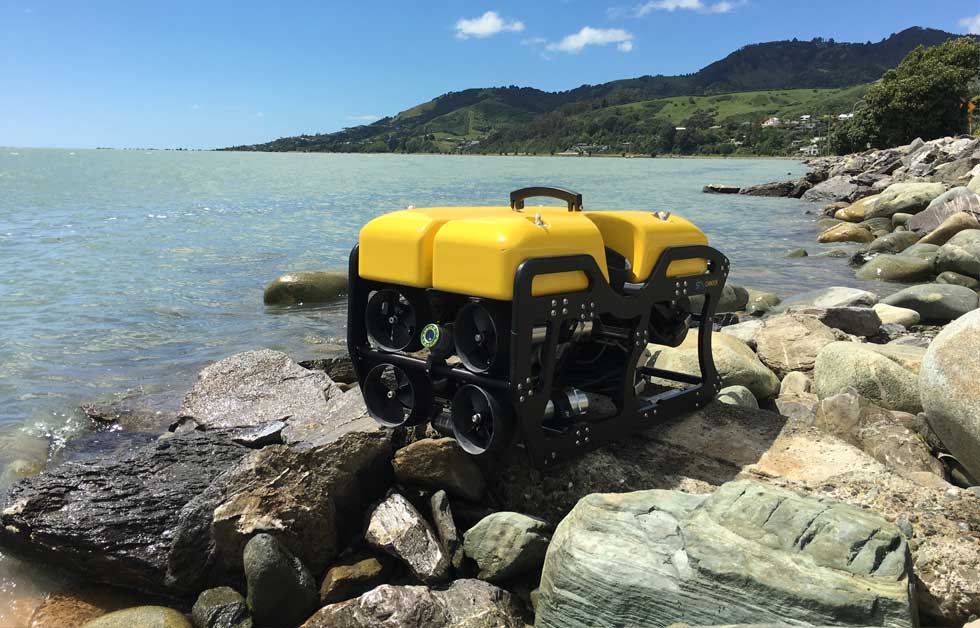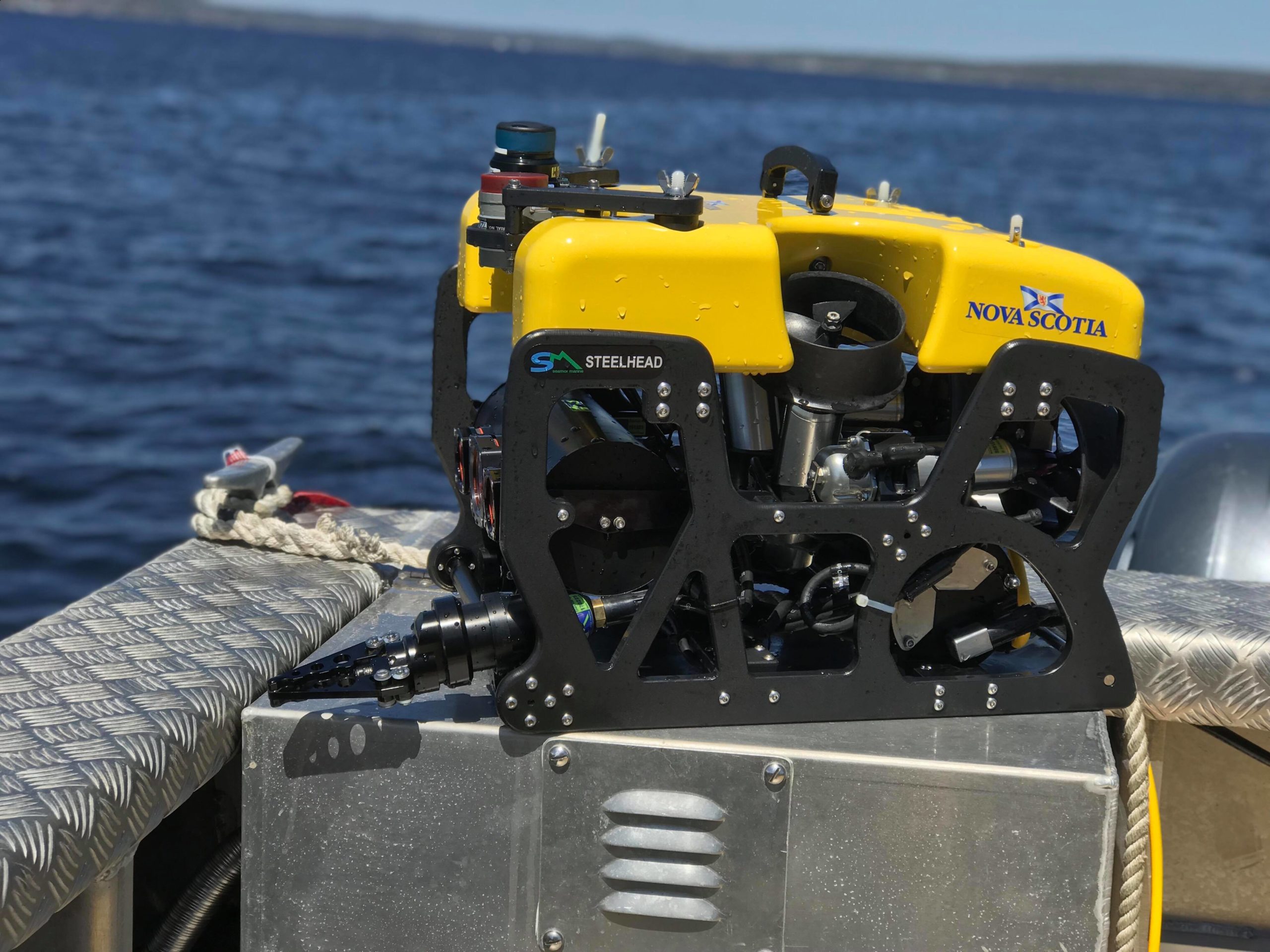When rinsing your ROVs, it’s important to follow the manufacturer’s guidelines and recommendations. You want to ensure proper cleaning procedures and avoid any potential damage. Different ROV models and types may have specific instructions for cleaning and maintenance, so it’s essential to refer to the user manual or consult with experts familiar with the equipment.
But… all ROVs need regular rinses. Here’s why:
Corrosion Prevention
ROVs are often used in environments which expose them to saltwater and other corrosive elements. Rinsing the ROV with freshwater helps remove salt deposits and other contaminants that can lead to corrosion over time. Corrosion can weaken the structure of the ROV and its components, potentially causing equipment failure or reduced lifespan. Over time it can also decrease the quality of your syntactic foam, the metals of your frame and even the accessories on your ROV. Keep in mind that each component, no matter how robust when you buy it, will degrade over its use without the proper care. More on Corrosion can be found here.
Equipment Longevity
Regular rinsing can extend the lifespan of your ROV by preventing damage from accumulated salt, sand, and other debris. With time, these particles can cause wear and tear on moving parts, such as motors and joints, which can lead to mechanical issues and decreased performance.
Optimal Performance
A clean ROV is more likely to operate efficiently and effectively. Salt deposits, algae, and other debris can obstruct sensors, cameras, and lights, leading to reduced visibility and impaired data collection. Showers help maintain clear optics and unobstructed sensors, allowing the ROV to perform its intended tasks accurately.
Data Quality
If the ROV is used for scientific or research purposes, maintaining its cleanliness is crucial for accurate data collection. Clean sensors and cameras can provide high-quality images and measurements, contributing to the reliability of research findings and analyses.
Safety
A well-maintained and clean ROV is less likely to experience unexpected malfunctions or failures during operation, which can enhance the safety of both the equipment and the personnel involved in its operation.
Save Money
Regular rinsing and maintenance reduces the need for more extensive repairs or replacements in the long term. Preventing corrosion and mechanical issues can save you money and downtime. Decreasing your downtime, obviously, also saves you money.

For Those with a Ballast Tank
Cleaning the ballast tank of an ROV after every use to prevent the spread of invasive species is a good practice, especially if the ROV is active in different bodies of water or environments. Ballast tanks are used to adjust the buoyancy of the ROV by adding or removing water, and they can inadvertently transport water and organisms from one location to another.
Here’s why cleaning the ballast tank is important:
Invasive Species Prevention. Ballast water can contain various aquatic organisms, including microorganisms, algae, larvae, and even small aquatic animals. If you release this water into a new environment, it can introduce non-native species that may become invasive and disrupt local ecosystems. Cleaning the ballast tank helps reduce the risk of transporting these species to new areas.
Ethical Responsibility. Invasive species can have detrimental effects on ecosystems, including competition with native species, disruption of food chains, and alteration of habitat structure. Cleaning the ballast tank is a responsible action to help minimize your impact on the environment. In some regions, there are regulations and guidelines in place to prevent the spread of invasive species through ballast water.
Get in touch for a SEAMOR Marine ROV Demo! Other care tips can be found in a previous post. Click here.

